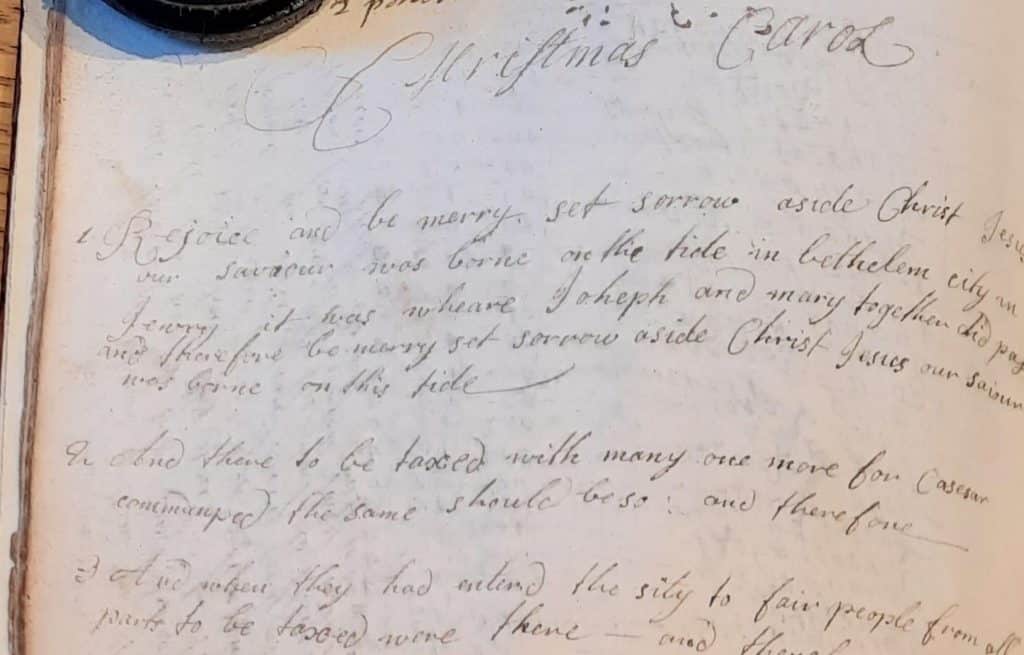When Henry VI established Eton College, he wanted it to be a place of importance. To that end, he granted a vast amount of land and a number of privileges and rights, some not held by anywhere else in England, such as the right to grant Indulgences. In addition, he gave Eton a large collection of holy relics, intending College Chapel to become a place of pilgrimage.
Inventories drawn up over the years describe these relics and the amazing mounts created for them. In addition to the ubiquitous Thorn and piece of the True Cross, there were some more unusual items. One of the first items to be gifted by Henry was a piece of the finger and spine of St John of Bridlington.

Born in 1320 in Yorkshire, St John was commended for the integrity of his life, his scholarship, and his quiet generosity. Recognised as a saint by the Pope in 1401, he would be the last English saint to be canonised before the Reformation. After his death, tales of miracles attributed to him spread throughout the country. Henry V attributed his victory at Agincourt to the intercession of St John of Bridlington and made a number of pilgrimages to the priory there. He was therefore a popular saint for the Lancastrians, and an eminently suitable one for Henry VI’s enterprise.
Henry VI took possession of the relics on 26 June 1445 and gifted them to Eton. An elaborate reliquary of sliver and gilt was built to house them.
The cult of St John of Bridlington was short-lived, and as with many local saints his popularity faded over the years and today he is little known. Under Edward VI, Eton was forced to submit to the ecclesiastical changes being introduced – the images surrounding the altar were pulled down, and the altar frontals sold. After 1551, the Feast of the Relics was no longer celebrated, and the ornamental reliquaries were surrendered.
By Eleanor Hoare, College Archivist



